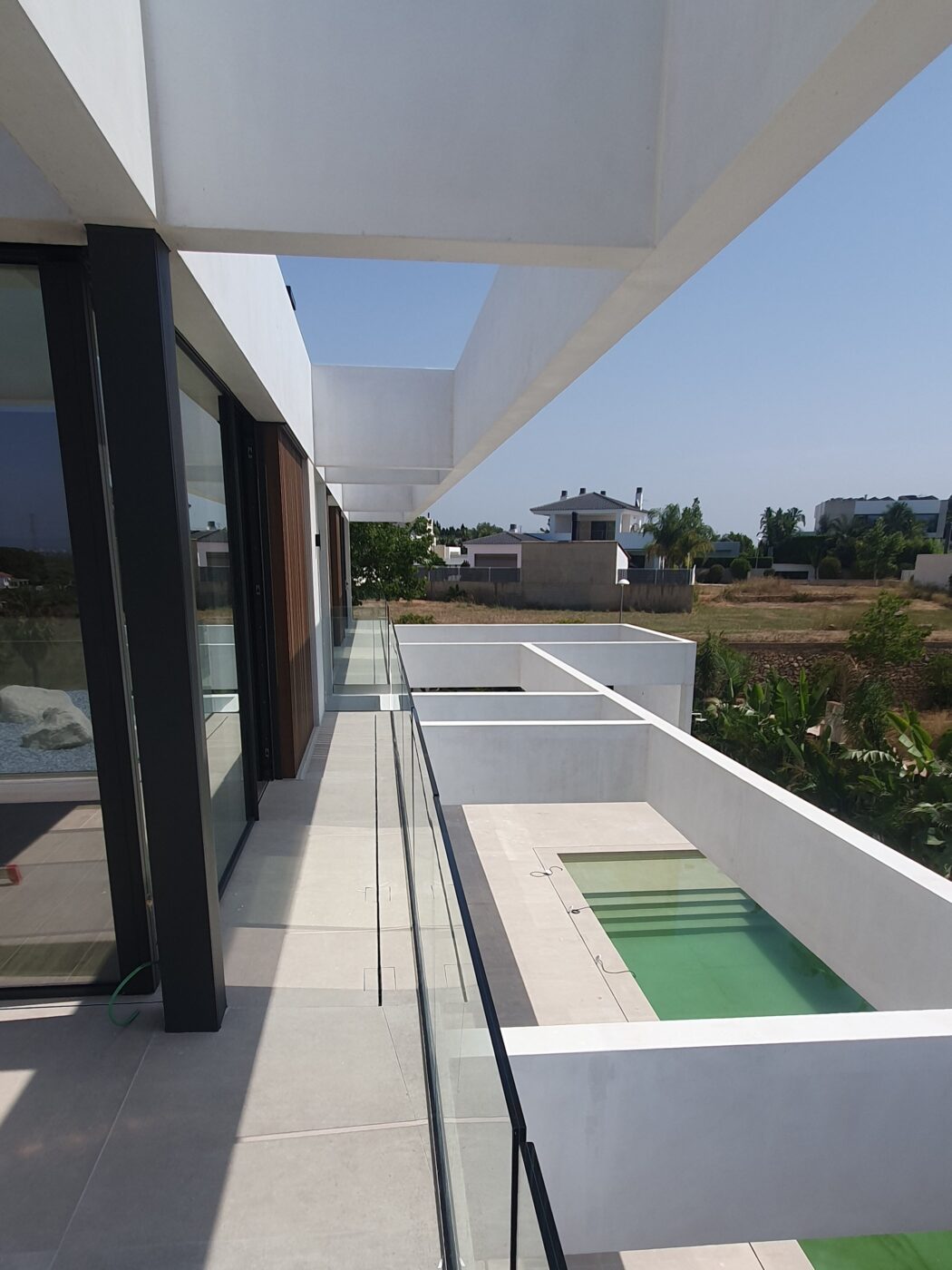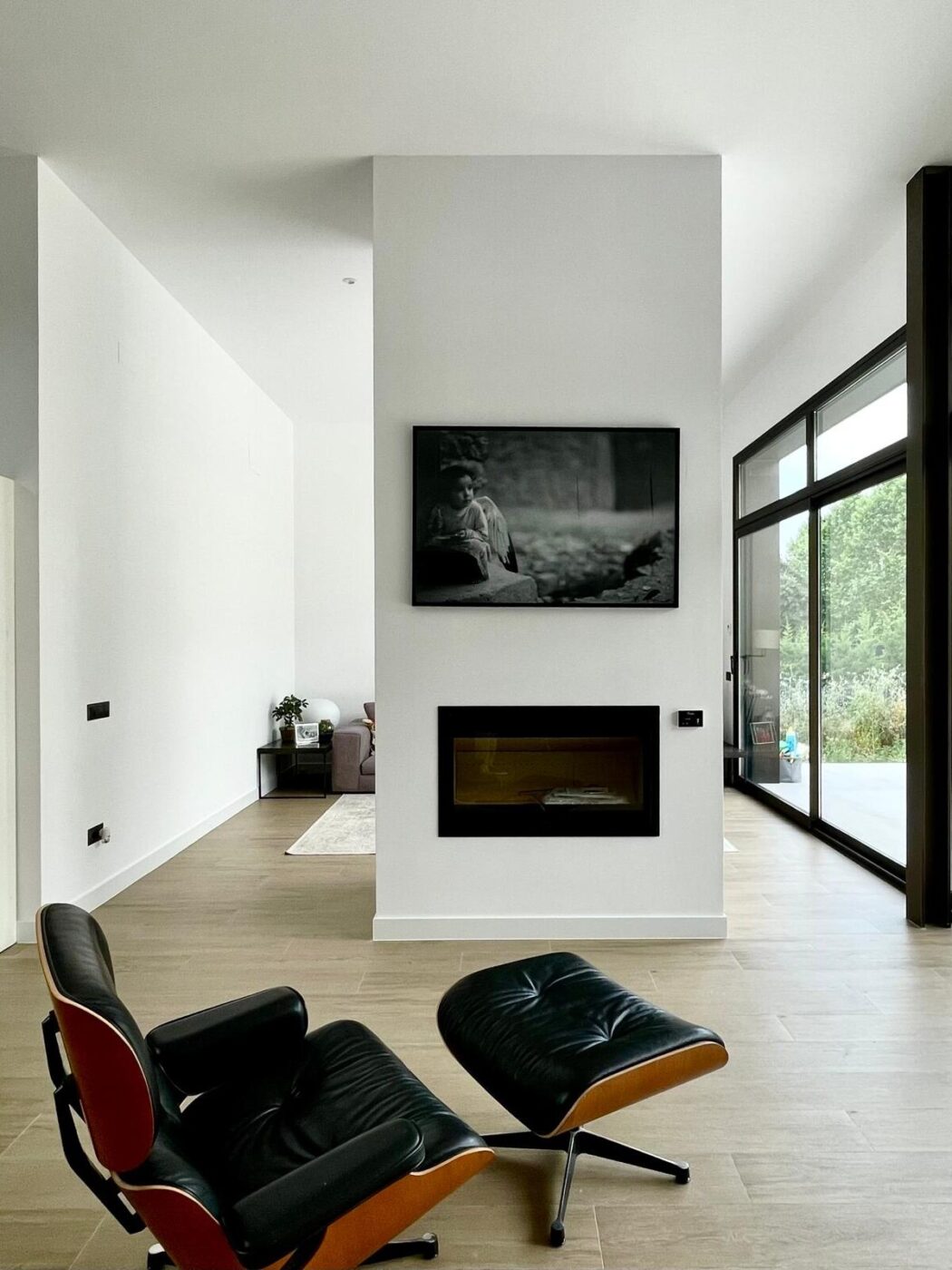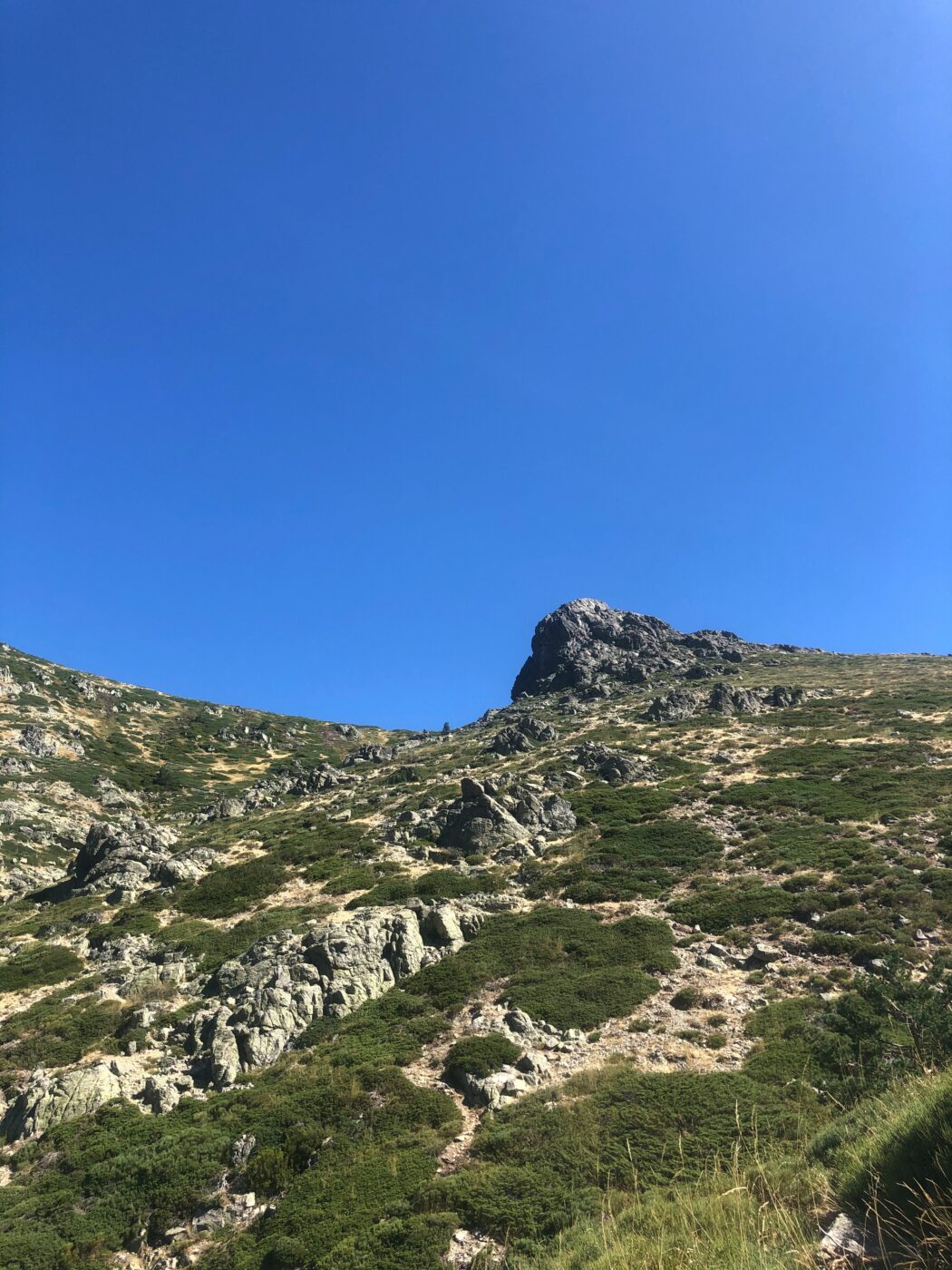On Site Sewage and Waste Water Management
What are our options if we are off the main sewerage system?

With all these options we must bear in mind that the regulations in Spain are increasingly strict and the authorities may want to have a great deal of detail about the drainage arrangements. In all cases the appropriate solution will be limited by the characteristics of your site and the local climate.
Septic Tank
The common answer for remote properties has been a septic tank with a soakaway. But it’s widely acknowledged, especially by those living downstream of such installations, that they don’t work. Percolation alone on anything but the most suitable of soil and subsoil conditions is doomed to failure and localized contamination.
On Site Biological Sewage Treatment system
A newer solution is an on-site sewage treatment system. These work on the same principles as the municipal version but on a domestic scale. They are designed to exploit natural biological processes in a confined space ie natural organisms to do the work of breaking down the sewage into water and solids. This simple process stops the waste from becoming anaerobic which would suffocate microbial action that helps break the solid matter into harmless water and sediment.
The drawback is that they need power to run air pumps to oxygenate the waste water within a plastic or concrete tank. Without the natural microbial activity the faeces would become a putrid sticky and toxic mess.
While the treatment afforded to the waste water by these package systems is quite acceptable, if sustainability is your aim, both the long term energy consumption of the pumps, and the high embedded energy of such systems, are a downside especially in times of power shortages or pump failures.
If you want to avoid the use of electric pumps consider installing a constructed wetland or a reed bed system.
Reed Bed Systems
Such systems use living plants and microbes to perform the same function that pumps and forced air do in a sewage treatment plant but without the need for any power supply. Nature provides this with sunshine that makes the plants grow. The plants use the nutrients from the sludge and the water. They are also very useful for wildlife and can attract a host of wetland flora and fauna.
They do require both careful design and attentive on-going management and will only be suitable in circumstances that allow the reed bed to stay wet even in the summer but they can be designed in conjunction with grey water systems to take advantage of outflow from kitchen and bathroom. This means you would need to be careful in your choice of cleaning products.
The most common uses of horizontal flow reed bed systems are in a secondary treatment function, to augment primary treatment of sewage provided via a septic tank and as tertiary treatment subsequent to a package sewage treatment plant.
Vertical reed bed systems can be more effective in reducing contaminant levels and eliminating smells than horizontal flow reed beds. By their design they occupy a smaller space and can cope with much stronger effluents. Single stage vertical reed bed when properly designed can be used for the full treatment of domestic sewage black and grey water.
Reed beds can replace the soakaway fields that would normally be used in conjunction with a septic tank system. Therefore anyone with such a system already installed could trace and intercept the outflow pipes and install a reed bed in line to carry out further treatment to the outflow. This will greatly improve the underground water quality near the property. The septic tank will continue to perform the first settlement stage.
Constructed Wetlands
Constructed wetlands are designed and built in a similar way to natural wetlands. They consist of one or more shallow depressions or cells built into the ground with level bottoms so that the flow of water can be controlled within the cells and from cell to cell. Roots and stems of the wetland plants form a dense mat where biological and physical processes occur to treat waste water. These work particularly well for low strength effluents or effluents that have undergone some form of pretreatment.
Vortex Separator for Pre Treatment
If you want to lower the burden on your septic tank / treatment system / reed bed then a vortex separator could be used. It separates the faeces from the sewer water, which are then composted in a chamber, while the flush water and urine continue to the septic tank or reed bed. The cleaner waste water results in improved discharge quality or smaller treatment area.
This type of system is very handy where you want to recoup the nutrients in the faecal matter but still use a flush toilet in your home. It does not require any electricity to operate.
Composting Toilet
Another approach might be to consider a dry composting toilet. This would also cut down on your water consumption as there is no flushing needed with such systems. The waste can be mixed with sawdust, coconut coir, peat moss to support aerobic processing, absorb liquids, and to reduce the odor. The decomposition process is generally faster than the anaerobic decomposition used in wet sewage treatment systems. The liquids drain into your blackwater system.
There are many ways of achieving a composting toilet with a number of off the shelf loos available. Commercial systems provide methods of ventilation that move air from the room, through the waste container, and out a vertical pipe, venting above the enclosure roof. This air movement (via convection or fan forced) will vent carbon dioxide and odors.
Author: John Wolfendale
Bio: John is a founder of Eco Vida and is passionate about bringing modern design and construction practices to Spain. He believes a home which is warm in winter and cool in summer is largely a matter of design and selective use of materials. He is British and a Chartered Surveyor with 19 years experience living and working in Spain.



